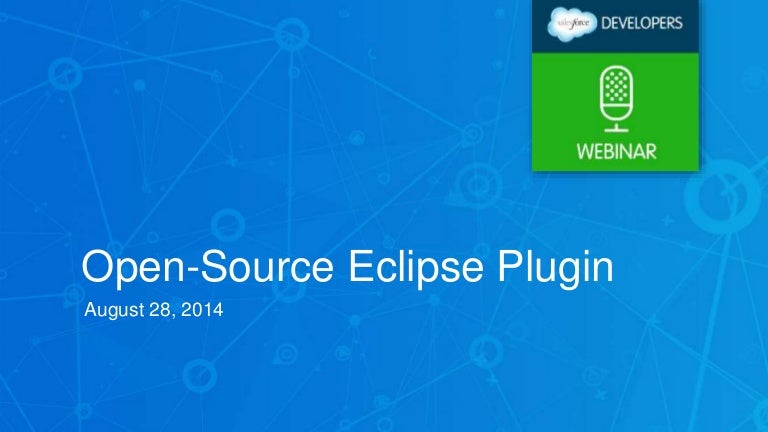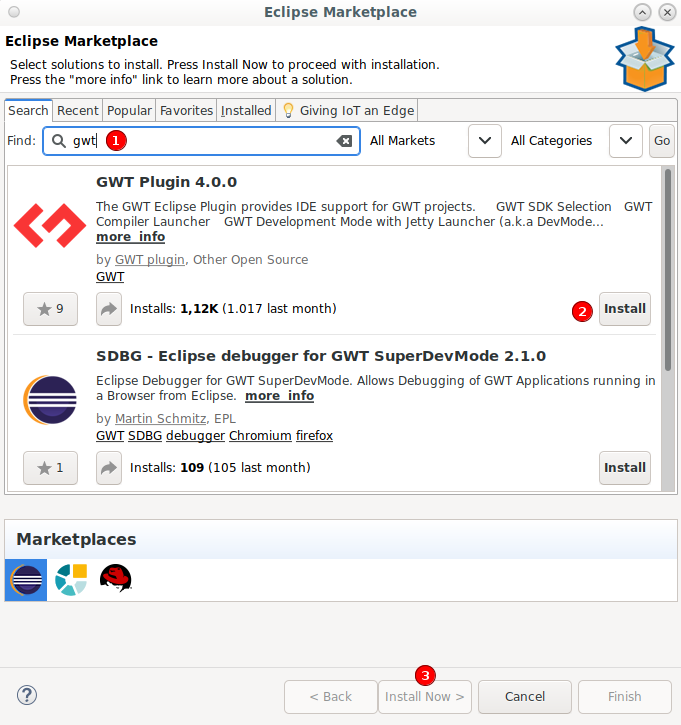
Select it and hit Next. Follow the instructions on screen and Eclipse will restart. If you now return to the Install Software dialog you should see the launcher feature available to install. Find your VisualVM launcher folder and select it. Launch Eclipse and click ‘Help’ -> ‘Install New Software…’.Ĭlick ‘Add.’, fill in a name and then click ‘Local’. Eclipseĭownload the VisualVM launcher for Eclipse and extract it to a location of your choosing. Idea will now have buttons for launching or debugging with VisualVM. Set the path to your jvisualvm.jar file which should be in your JDK’s bin folder. Relaunch Idea and go to the new VisualVM Launcher settings page. Open up the plugins settings page and install it by selecting ‘Install plugin from disk’. To set up VisualVM in Idea, first download the VisualVM Launcher jar.
#DOWNLOAD JPROFILER ECLIPSE PLUGIN HOW TO#
So here’s how to do it for IDEA and Eclipse. Further to this, it’s actually an evolution of Netbeans’s profiler, which was first introduced in 2004.Īll of the major IDEs used by Java developers – with the exception of Netbeans due to its integrated profiler – can quickly be set up to use VisualVM. What you might not realise is that you almost certainly have VisualVM installed – it’s been included as a standard part of the JDK since Java 1.6 update 7.

We use it to help development of our products BuildVu, FormVu, JPedal, and JDeli. It also has tools for tracking threads, interacting with garbage collection, and monitoring memory and CPU usage. It’s hard to put a label on VisualVM – it has a profiler, but it’s more than that. He's also enjoyed working with SVG, Java 3D, Java FX and Swing.

Sam Howard Sam is a developer at IDRsolutions who specialises in font rendering and conversion.


 0 kommentar(er)
0 kommentar(er)
